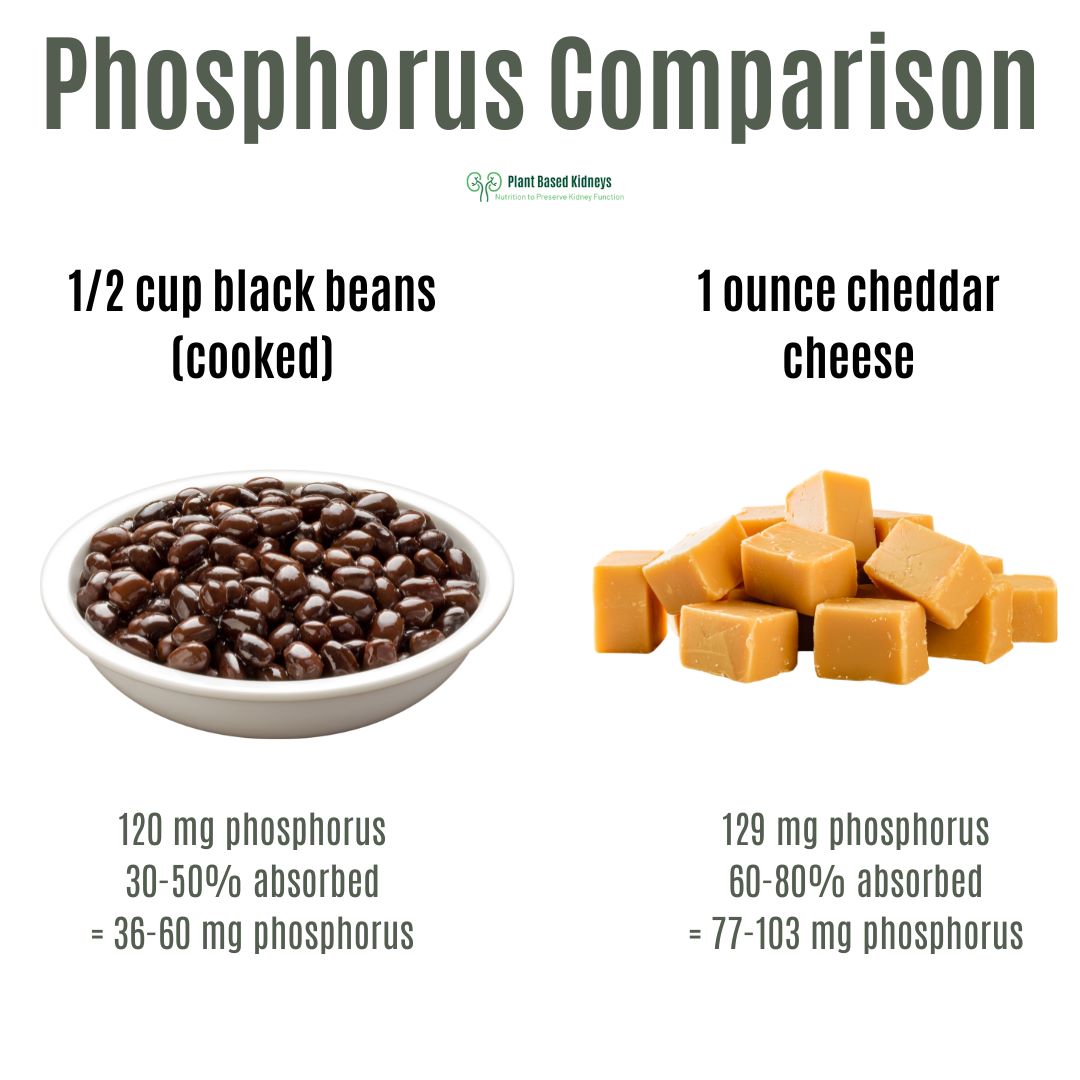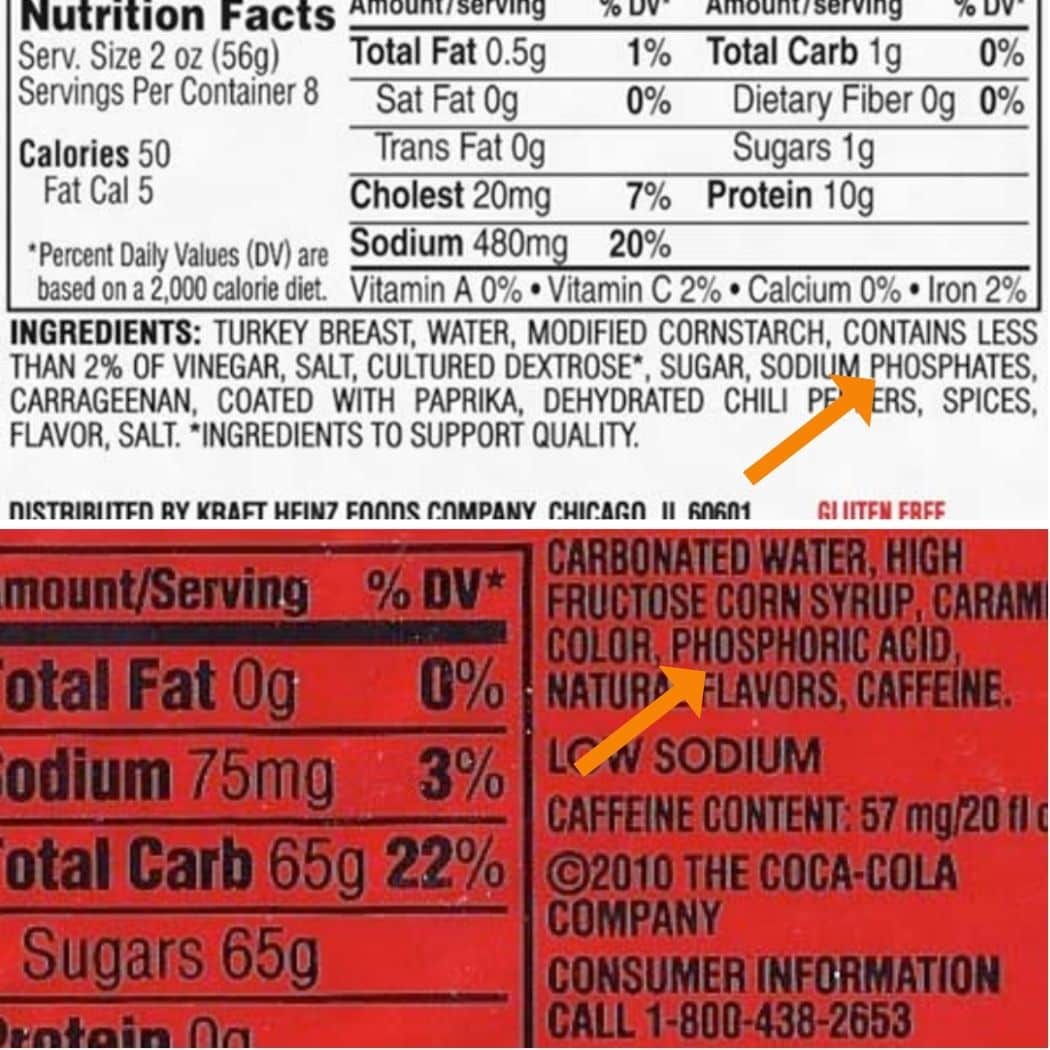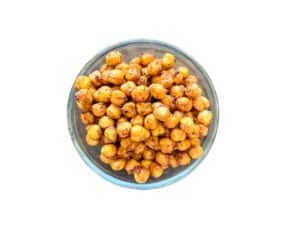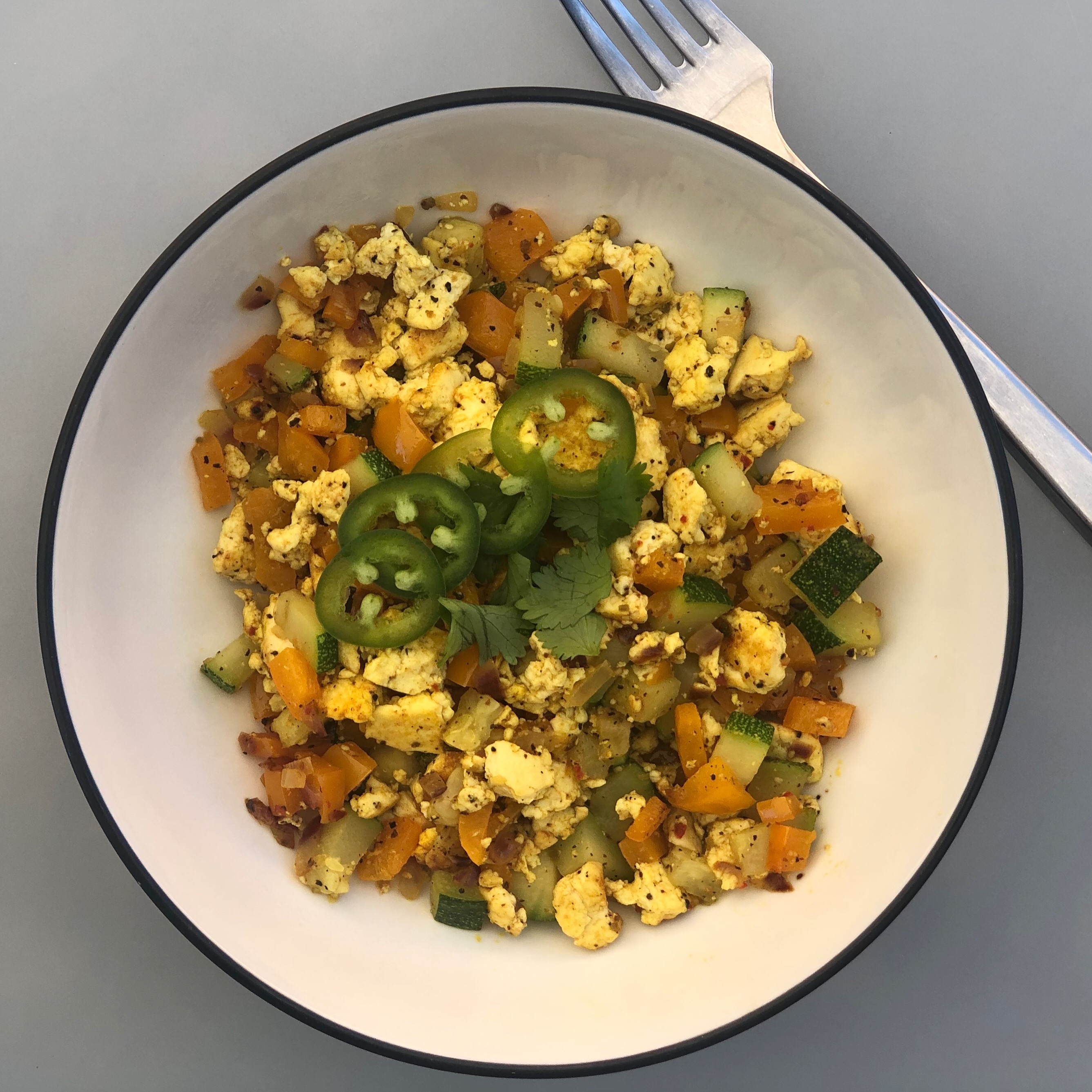Phosphorus and Kidney Disease
Phosphorus is a mineral that many people don’t think about until they have Chronic Kidney Disease. It comes up frequently when you start Googling, “The Renal Diet”.
Many people incorrectly think that having kidney disease means they have to limit how many milligrams of phosphorus they eat. While this isn’t entirely untrue, there are some specifics you need to know about phosphorus if you have kidney disease!
I am going to walk you through the 3 most important things you need to know about phosphorus for your kidney health!
#1: You need to be mindful of where phosphorus is coming from in your diet even if your blood levels aren’t elevated.
Blood phosphorus levels usually don’t become elevated until late stages of kidney disease. The body is able to compensate early on and keep blood levels normal (even if someone is consuming a high phosphorus diet).
Why is that? There’s something called Fibroblast Growth Factor 23 or FGF 23. FGF 23 is a bone derived hormone that plays an important role in regulating phosphorus and vitamin D metabolism.
People with kidney disease have higher circulating levels of FGF 23 and FGF 23 increases with higher phosphorus intake. This is to increase urinary excretion of phosphorus so that blood levels do not increase.
We don’t want high FGF 23 levels because it can impact cardiovascular health, increase inflammation, and increase the risk of mortality. These implications occur in both people with kidney disease AND the general population.
While FGF 23 is not a lab that is routinely measured, people with Chronic Kidney Disease can help lower FGF 23 blood levels by ensuring they are not consuming excessive phosphorus in the diet.
We’ll get into where excessive phosphorus typically comes from in the diet in the next two sections!
#2: You don’t need to count how many milligrams of phosphorus you consume each day.
This might seem odd after I just told you that you need to avoid excessive phosphorus intake…The truth is, most of the time you won’t be able to accurately calculate how much phosphorus you consume.
Phosphorus is not required to be on food labels and different sources of phosphorus are absorbed differently in the body.
Phosphorus coming from plant sources, like nuts, seeds, legumes, and whole grains are in the form of phytic acid. Humans lack the phytase enzyme, therefore only 30-50% of the phosphorus naturally present in plants is actually absorbed.
Phosphorus coming from animal sources, like meat, poultry, eggs, fish, and dairy are absorbed 60-80%
Here’s an example:

- ½ cup of cooked black beans contains 120 mg phosphorus but only 36-60 mg is actually absorbed (30-50%).
- 1 ounce of cheddar cheese contains 129 mg phosphorus so 77-103 mg (60-80%) of it is absorbed.
Phosphorus in the form of additives, like phosphoric acid or disodium phosphate, are absorbed 90-100%. This type of phosphorus is used as a food additive to preserve the food or enhance the flavor. While you will see the phosphorus additive listed in the ingredient list, the milligrams of phosphorus is generally not included in the nutrient analysis.
So the best way to avoid consuming excessive phosphorus is to
- Avoid foods that have phosphorus additives.
- Limit animal sources of phosphorus.
- You typically don’t have to worry about the phosphorus that is coming from whole, plant sources as it is minimally absorbed.
#3: You should check every food label for phosphorus additives.
This is the best way to avoid consuming excess phosphorus in the diet! So many packaged foods, ultra processed foods, and fast foods contain phosphorus additives.
If a product contains a food label, turn it over and look for the ingredient list. Even though milligrams of phosphorus is not listed on the food label, you will find out if phos additives are included in the product by checking the ingredient list.
Scan the ingredients for any word containing “PHOS”. This is a phosphorus additive. Some examples are phosphoric acid, disodium phosphate, and dicalcium phosphate. But there are many more!

Phosphorus additives can be found in many different packaged foods. They are commonly found in: baked goods, boxed pancake/bread mixes, dark colored sodas and other beverages like teas, sports drinks, processed cheese and vegan cheese, enhanced/processed meats, prepared frozen meals, and fast food.
Added phos can be sneaky but there are always better options out there. Investigate while you are shopping!
There you have it, the 3 most important things to know about phosphorus if you have kidney disease.
- You need to be aware of, and mindful of, the phosphorus you are consuming in your diet, even if your blood levels aren’t elevated.
- You don’t need to count milligrams of phosphorus in your diet. Know that phosphorus is absorbed differently from different sources. A lot of plant foods deemed high in phosphorus are actually much lower when you take the lower bioavailability from plant sources compared to animals into account.
- Check the ingredient list of packaged food and avoid anything with phos additives.
For a grocery list of kidney friendly foods, download my FREE CKD Grocery List!






